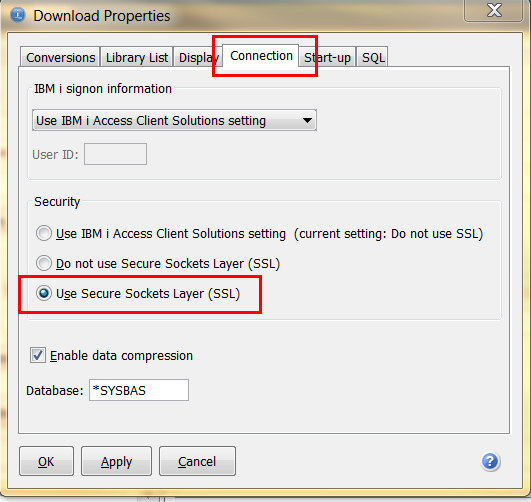

That means an exit program that allows or denies specific users the ability to transfer a file can be created and “registered” to this exit point. These exit programs can be designed to allow or disallow access to various IBM i functions in very specific ways, due to their ability to take information that is passed to it from the OS and put it through granular, rules-based logic.įor example, a network protocol like FTP has its own exit point. Leveraging exit points for IBM i securityĮxit points, provided by the IBM i OS, can invoke one or more user-written programs – called exit programs – during a wide variety of OS-related operations.

One powerful way to strengthen IBM i security is to utilize exit points to control user access. Fully open to communicate with other systems across internal and external networks, and accessible by partners and customers, the job of securing the IBM i can be challenging to say the least-particularly in light of rapidly changing threats and new compliance regulations. This is certainly no longer the case with today’s IBM i environments. In the early days of the AS/400 and iSeries, the job of protecting the system was often as simple as managing user authorities and securing user access through menus.



 0 kommentar(er)
0 kommentar(er)
